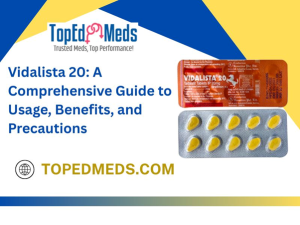The American Academy of Sleep Medicine estimates that about 25 million individuals in the US are affected by sleep apnea today. The health dangers are severe, and the statistics are staggering. Doctors and other medical professionals are aware of this growing problem. They are now working jointly to create effective treatment plans and fight it. In Monterey Park, a lot of individuals suffer from sleep apnea, leading to reduced productivity and energy.
With the accessibility of more treatment choices than ever before, people with sleep apnea are able to manage the problem. The health concerns related to OSA can be minimized with appropriate treatment. A family dentist in Monterey Park, CA, can also treat sleep apnea with dentistry treatment.
How dentists can help treat sleep apnea
Dentists have an area of expertise that involves treating sleep apnea and loud snoring. Dental sleep medicine is the name of this field. Professional dentists work in collaboration with physicians and other healthcare providers to figure out the most efficient plan of action for treating a patient’s sleep apnea. Their primary responsibility is to use oral appliance therapy to help patients with their snoring and OSA symptoms.
Mandibular advancement devices (MADs) and tongue-retaining mouthpieces are two dental appliances that may be administered in addition to continuous positive airway pressure (CPAP) therapy in the management of sleep apnea.
- Mandibular Advancement Devices
MADs fit over the top and lower rows of teeth and mimic athletic mouthguards. A hinge joins the two trays in the middle. During the night, this device keeps the tongue and lower jaw slightly forward. When the soft tissues in the throat and back of the mouth relax during sleep, it helps avoid airway obstruction. Dentists with particular expertise can modify the fit and location of MADs to enhance comfort and efficiency.
- Tongue-retaining mouthpieces:
Tongue-retaining mouthpieces can be helpful for those with sleep apnea and little jaw flexibility. During sleep, these mouthpieces prevent the tongue from slipping back into the airway. It uses some suction force to fit around the mouth and hold it in place.
Dental Device Integration for Treatment of Sleep Apnea
Discussing your symptoms with your doctor is the first step toward successful obstructive sleep apnea treatment. A sleep study should be carried out to confirm the diagnosis. This can be done under the guidance of a trained professional at home or a certified clinic. CPAP therapy is recommended as the initial course of treatment for the majority of people with sleep apnea.




